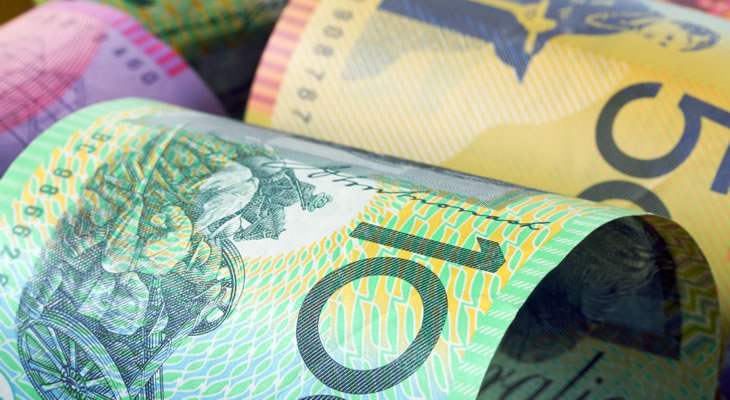Surprise UK GDP Contraction Pushes Pound Australian Dollar (GBP/AUD) Exchange Rate Lower
The Pound Sterling to Australian Dollar (GBP/AUD) exchange rate extended its bearish run as the UK economy delivered its first monthly contraction since April.
With August’s monthly gross domestic product falling short of forecast, clocking in at -0.1% rather than 0.0%, confidence in the economic outlook naturally diminished.
Even so, the growth report still offered investors some positive signals to hold onto, easing the impact of the disappointing headline figure.
As the rolling three-month gross domestic product bettered expectations, showing solid growth of 0.3% even in the face of ongoing Brexit-based uncertainty, this helped to limit Pound Sterling’s (GBP) losses.
However, in the wake of talks between the UK and EU collapsing the growing risk of a no-deal Brexit continued to hang over GBP exchange rates on Thursday morning.
Australian Dollar (AUD) Finds Support as Markets Brace for US-China Talks
While hopes of a potential breakthrough in the latest round of US-China trade talks faded this failed to drag the Australian Dollar (AUD) down against its rivals.
With Chinese officials reportedly seeking to prevent a further escalation in tensions the downside bias of AUD exchange rates was limited as a sense of cautious optimism remained.
Although markets still see a risk of talks ending a day early without any fresh agreement being made this was not enough to keep AUD exchange rates under pressure for the time being.
This helped to diminish the impact of October’s Australian consumer inflation expectations survey, even as it pointed towards a sharp uptick in inflationary pressure.
With consumer expectations suggesting that inflation could hit 3.6% in the coming year the likelihood of the Reserve Bank of Australia (RBA) cutting interest rates further increased.
Dovish RBA Financial Stability Report May Fuel AUD Exchange Rate Downturn
Bets on the prospect of additional RBA monetary loosening could intensify further on the release of the latest financial stability report.
Investors do not expect to see any particular signs of confidence in the report, given the concerns RBA policymakers have already expressed over the economic outlook.
If signs continue to point towards the Australian economy losing momentum over the coming months the case for another interest rate cut is likely to build.
Unless the central bank shows hints of optimism in its report support for the Australian Dollar looks set to diminish.
Any increase in market risk aversion could also weigh heavily on AUD exchange rates, given the antipodean currency’s exposure to the fortunes of the Chinese economy.
Another escalation in the US-China trade dispute may put significant pressure on the Australian Dollar, helping the GBP/AUD exchange rate to recover some of its lost ground.
Without signs that the US and China could move towards an agreement in the near future the prospect of an extended global trade slowdown may leave AUD exchange rates lacking in support.


Comments are closed.